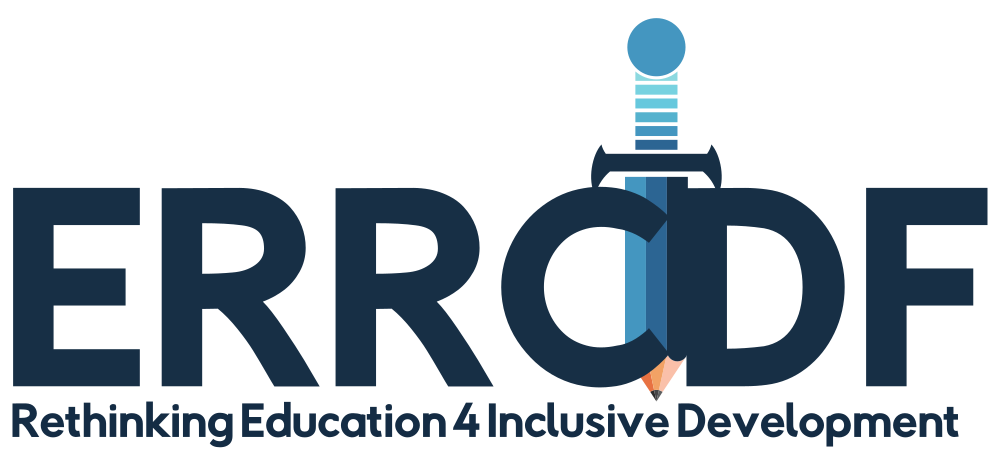Assistive Technology and Learning Outcome of Students with Visual Impairment in Social Studies among Inclusive Schools in Nigeria
Keywords:
Assistive Technology, Visual Impairment, Learning outcome, Social Studies, Inclusive SchoolsAbstract
Students with visual impairment make use of audio and non-optical devices while learning social studies concepts without which outcomes in this seemingly important subject area may be impeded thereby negating the objectives in which the subject area was introduced into the school system. This study examined audio and non-optical devices and learning outcomes of students with visual impairment among some inclusive schools in Lagos State, Nigeria. Survey research design of the correlational type was employed. Three hundred students with visual impairment were randomly selected from 3 Inclusive Secondary Schools from each of the 16 Local Educational Districts in Lagos State. The instrument includes the use of Audio and Non-optical Devices for the Students with Visual Impairment Questionnaire (r.0.8.4). Data were analysed using Descriptive Statistics, Mean, parametric Statistics of Correlation and multiple regression models at 0.05 level of significance. It was revealed that there was a positive correlation (r=0.363) among the two independent variables (use of audio and non-optical devices) on the dependent variables (Social Studies Learning outcome) of the students with visual impairment. Also, it revealed that audio devices strongly determined the social studies learning outcomes of the students with visual impairment (.:200). It was found that non-optical devices also had a strong link with the social studies learning outcomes of students with visual impairment. Audio and non-optical devices are very potent in the determination of social studies learning outcomes of students with visual impairment in Lagos State, Nigeria.
References
Adebowale, A.A & Makinde, T.A (2012). Inclusive education and children with special needs. In T.C. Obani (ed) classroom management strategies for special needs children. Ibadan. Glory-Land publishing Company.
Adetoro, N (2012). Alternative format preferences among secondary school visually impaired students in Nigeria. Journal of Librarianship and information science. 44 (2), 90-96
Ahmad, F.K (2015). Use of Assistive Technology in Inclusive Education; Making Room for Diverse Learning Needs. Transience, 6 (2), 13-32
Ajiboye, J.O., Adu, S. & Amosun; P.A. (2005) Introduction to Social Studies: A Basic Text Ibadan. Book Builders
America Foundation for the Blind 2016. What is Braille. Retrieved 10/10/2016 from http://www.afb.org/defsult.aspx
Ayoku, F.A 2006. The visually impaired in the regular classroom. In T.C Obani (Ed.) Teaching pupils with special needs in regular UBE classroom. Ibadan. Book Builders
Blackorby, J., Chorost, M. Garzav, and Guzman, A. (2014). The Academic performance of secondary school students with impairment in Wagner M., Marder C. and Blackorby J. (Eds) The Achievement of youth with impairment during secondary school. A report from the National Longitudinal Transition study- 2(NLTS2)
Bouck, E.C (2011). Teachers’ initial and sustained use of an instructional assistive technology tool. Exploring the mitigating factors. Journal of Education Multimedia and Hypermedia, 20(3), 247-266
Busari, A.O (2014) Enhancing Academic performance of disabled students through Multiple intelligences Based programmes. Journal of Education and practice, 5(26) 71-79
Eniola, M.S (2008). Facilitating the teaching of sciences to persons with visual impairment using information and communication technology. Being a keynote delivered at the 2nd National Conference of Association of Libraries for the Visually Impaired, Faculty of Education, University of Ibadan, 13th- 17th October, 2008
Eskay, M. and Chima, J.N (2013). Library and information service delivery for the Blind and physically challenged in University of Nigeria Nsukka Library. European Academic Research. 1(-5), 625-635
Federal Republic of Nigeria (2004) National Policy on Education (4 ed.) Lagos: NERDC
Hallahan, D.H and Kauffman, J.M (2011) Exceptional learners: Introduction to special education. Publishers design and production services, Inc.
HEFCE/HERCW (2009). Guidance on base-level provision for Disabled students in Higher Education Institutions. Briston, HEFCE.
Johnson, D.R and Thurlow, M. (2003) Improving school completion for students with Disabilities. USA: Institute of community integration.
Komolafe, A.F. (2016) Teaching students with low vision. In Gbenga Adewale J. (ed) Issues in Teacher Education in Africa. Educational Assessment Research Network in Africa Cameroon.
Lidstrom, H and Hemmingsson, H. (2014) Benefits of the use of ICT in school activities with motor, speech, visual and hearing impairment: A literature review. Linktiping University Postprint
Morley, L (2010) Disabled students in Higher Education in Ghana and Tanzania: Towards Equity and participation UK; University of Sussex.
Omodan, B. I. (2019). Democratic Pedagogy in South Africa: A Rethinking Viewpoint for knowledge Construction. Journal of Social Studies Education Research, 10 (2), 188-203.
Petty, R.E (2012) Technology Access in the workplace and Higher Education for persons with visual impairment: An Examination of Barriers and Discussion of Solutions Independent Living Research Utilization at TIRR; Houston, Texas.
Samuelsson, U. (2010) ICT use among 13 year-old Swedish Children. Technol: Learn Media.
Siebers, T. (2008). Disability Theory. Ann Arbor: University of Michigan Press.
Willings, C. (2016). Science materials for students who are blind or visually impaired. Retrieved 20th Feb. 2016 from http://www.teachingvisuallyimpaired.com/sec.
Downloads
Published
How to Cite
Issue
Section
License
Copyright (c) 2020 Komolafe Adebayo Francis

This work is licensed under a Creative Commons Attribution-NonCommercial-NoDerivatives 4.0 International License.










